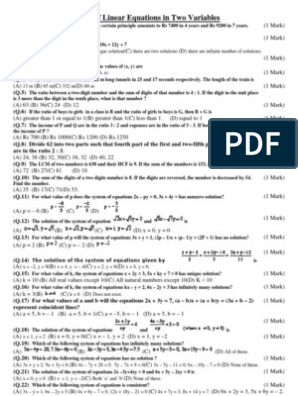100% found this document useful (1 vote)
144 views38 pagesPanoramik
The document discusses panoramic imaging techniques. It describes panoramic imaging as a technique that produces a single tomographic image of the maxillary and mandibular dental arches. It discusses the principles of panoramic image formation using linear and rotational tomography. Selection criteria for panoramic imaging and real versus ghost images are also summarized.
Uploaded by
Stephanie VictoriaCopyright
© © All Rights Reserved
We take content rights seriously. If you suspect this is your content, claim it here.
Available Formats
Download as PPTX, PDF, TXT or read online on Scribd
100% found this document useful (1 vote)
144 views38 pagesPanoramik
The document discusses panoramic imaging techniques. It describes panoramic imaging as a technique that produces a single tomographic image of the maxillary and mandibular dental arches. It discusses the principles of panoramic image formation using linear and rotational tomography. Selection criteria for panoramic imaging and real versus ghost images are also summarized.
Uploaded by
Stephanie VictoriaCopyright
© © All Rights Reserved
We take content rights seriously. If you suspect this is your content, claim it here.
Available Formats
Download as PPTX, PDF, TXT or read online on Scribd
/ 38

























































































